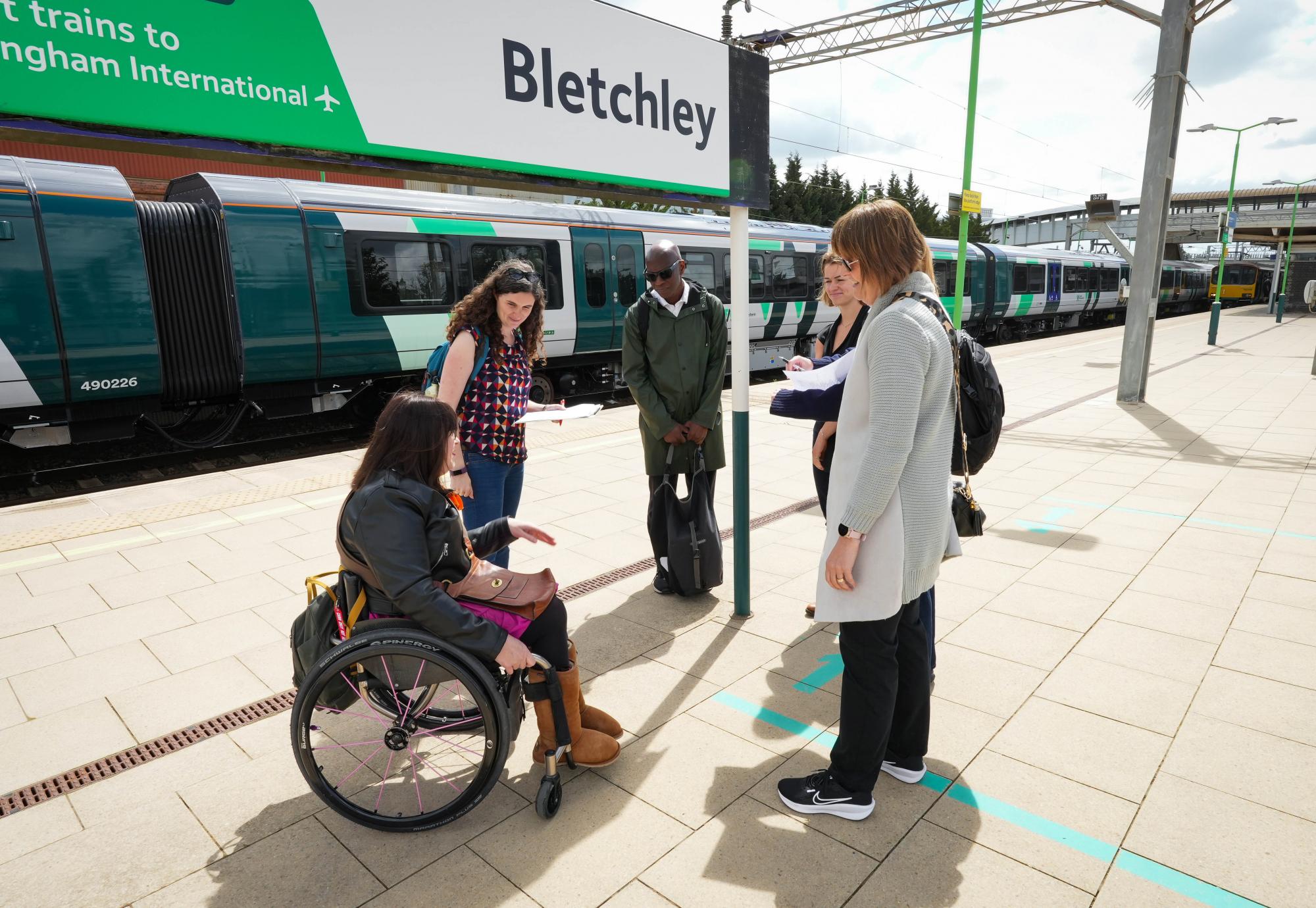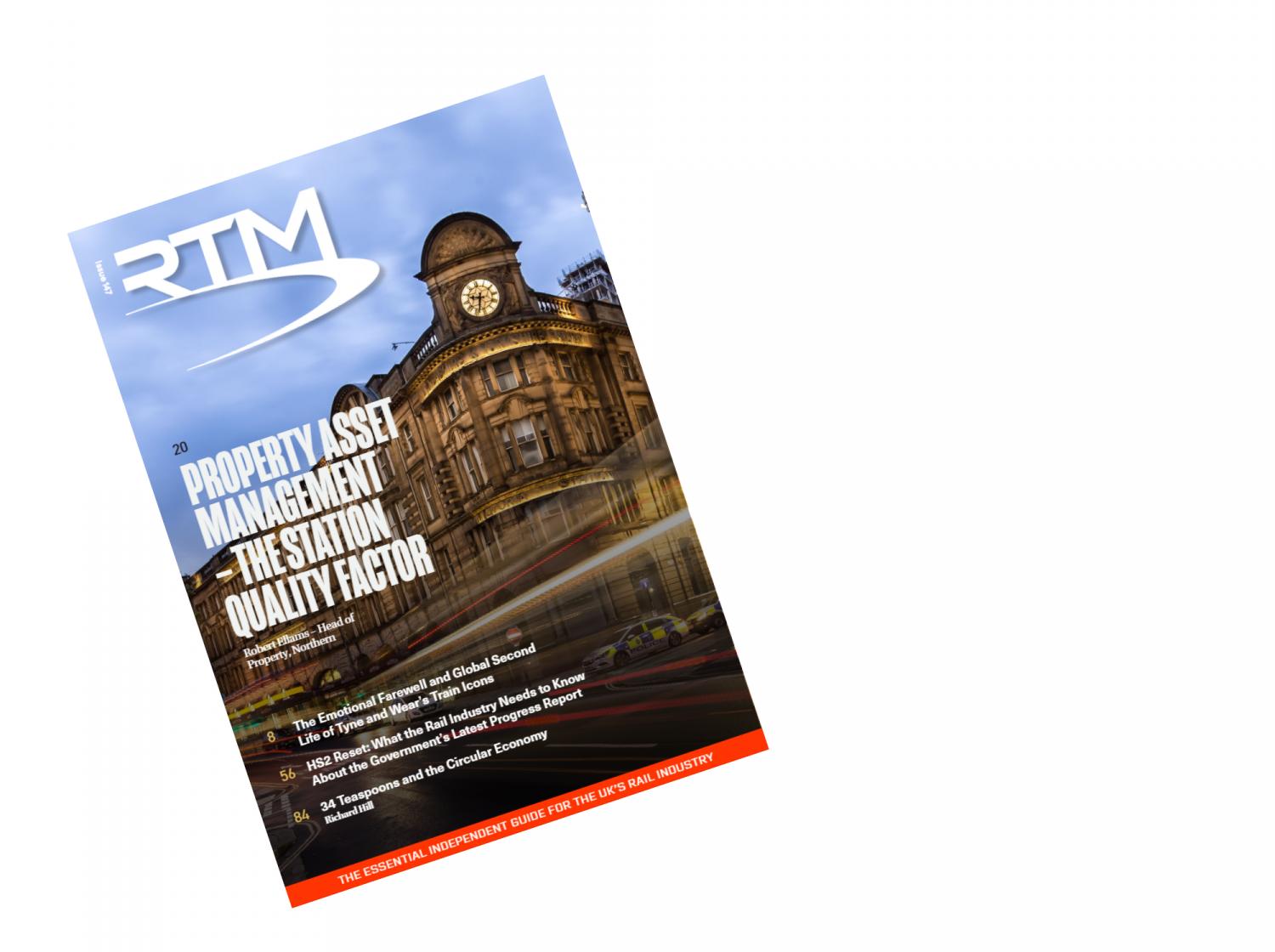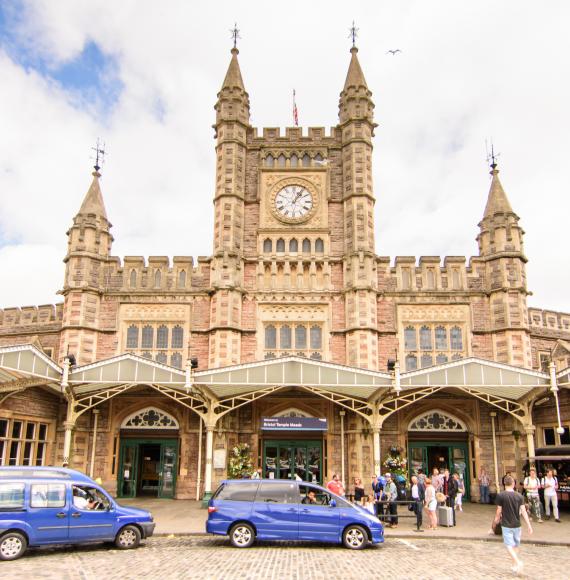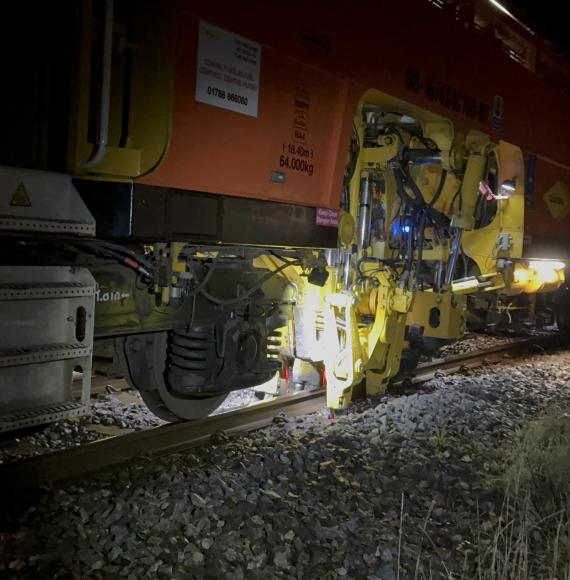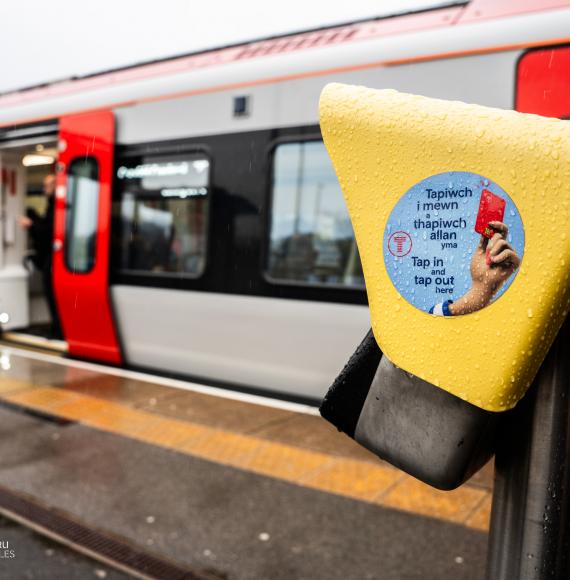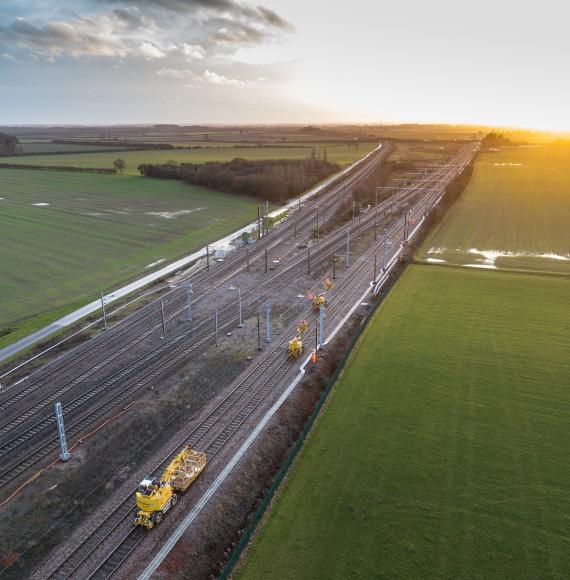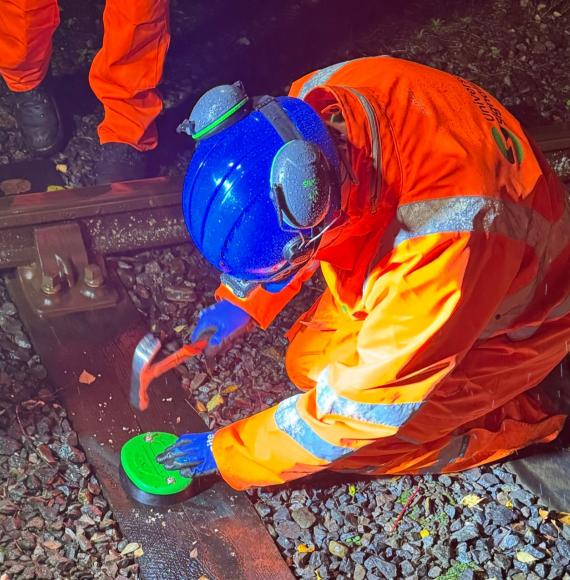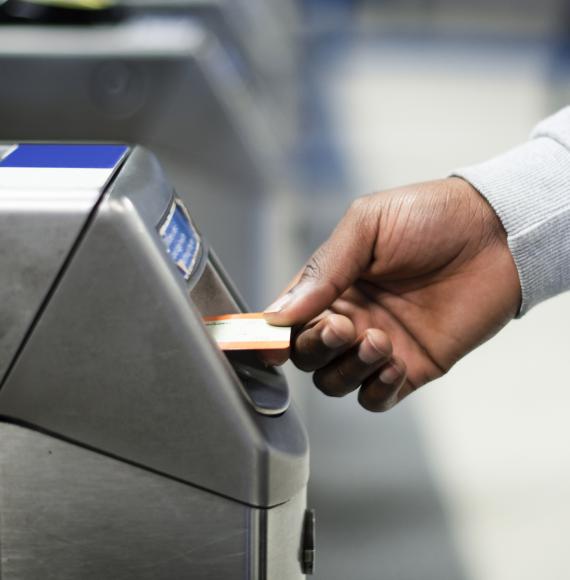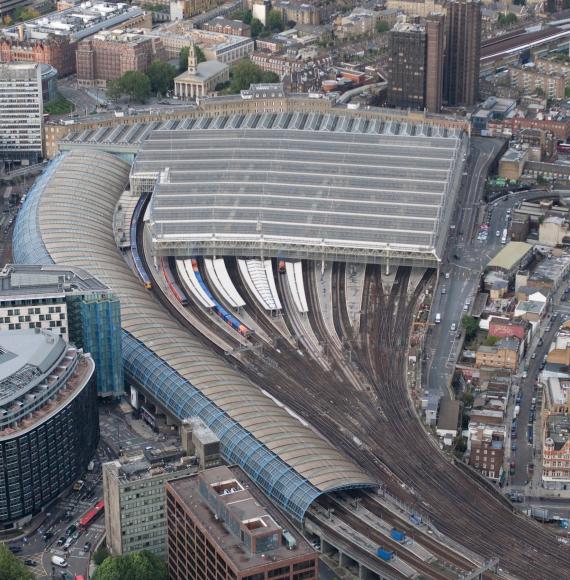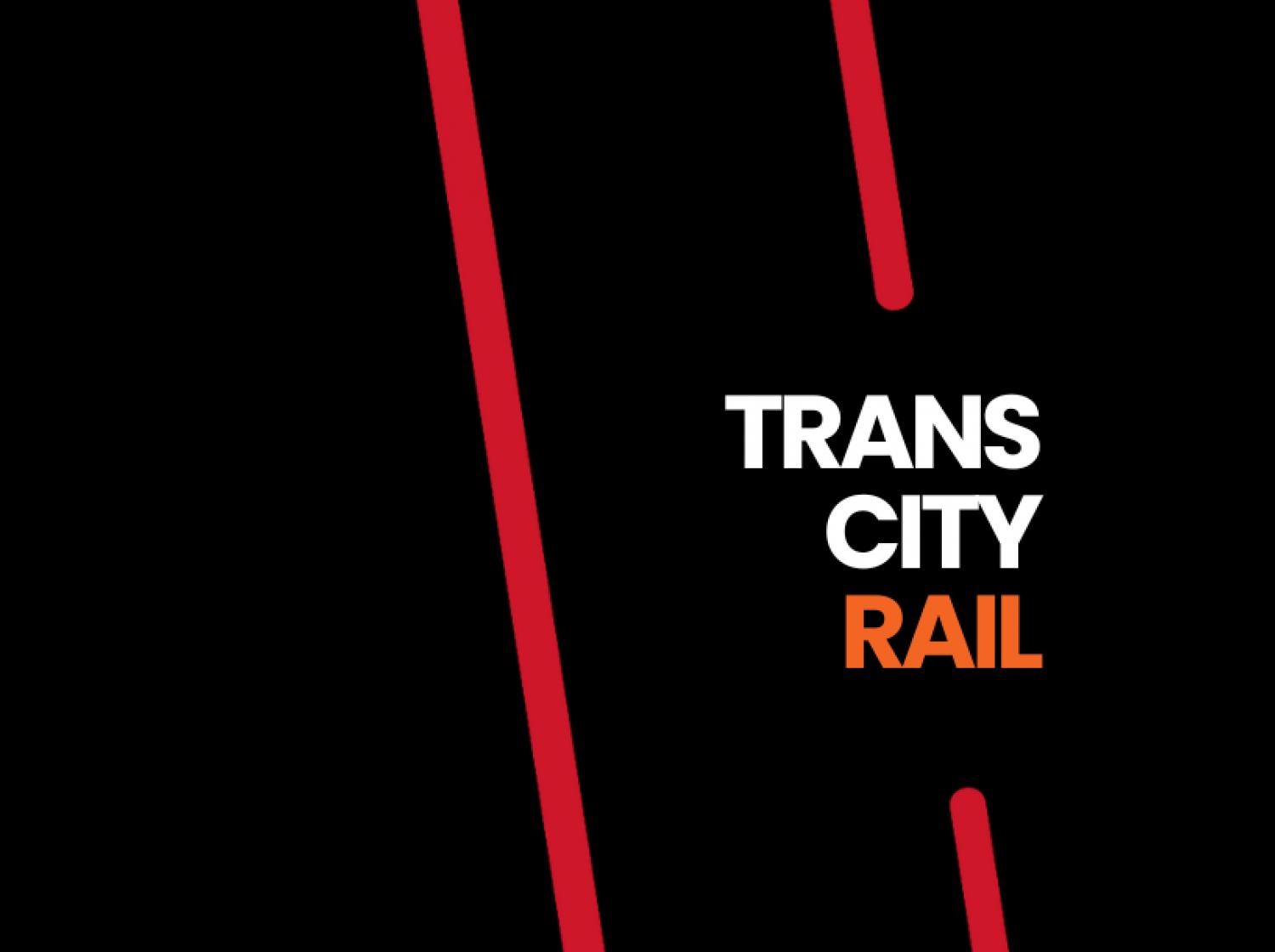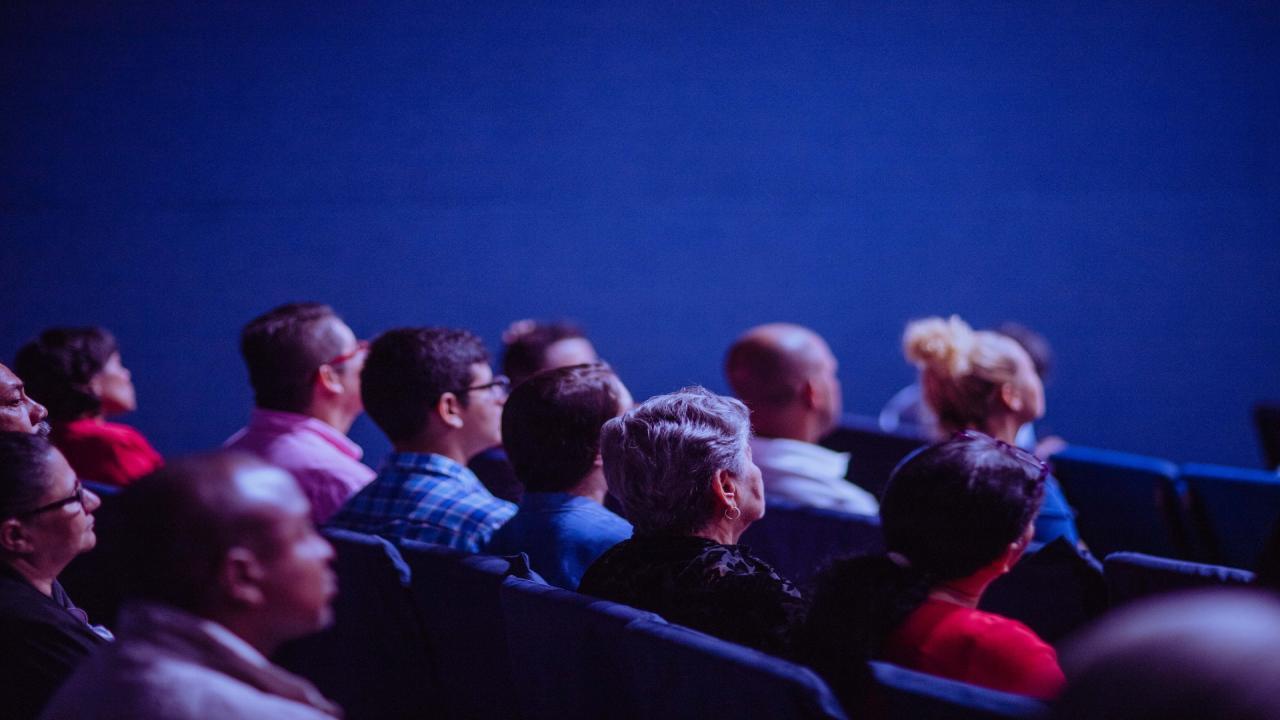Members of East West Railway Company’s Accessibility Advisory Panel (AAP) are helping to future-proof the inclusive design of the project after visiting stations still to be built or remodelled along the proposed route to assess facilities for disabled passengers.
Members of the panel, who have various disabilities, visited Bedford, Bletchley, and Bicester Village stations to provide feedback on issues such as layout, signage, navigation, and the overall passenger experience with the visits highlighting both accessibility challenges and examples of facilities that already meet disabled people’s needs.
The Accessibility Advisory Panel was established to ensure the voices of disabled passengers are central to the design process of the railway and reflects EWR Co’s commitment to designing a railway that is inclusive for all.
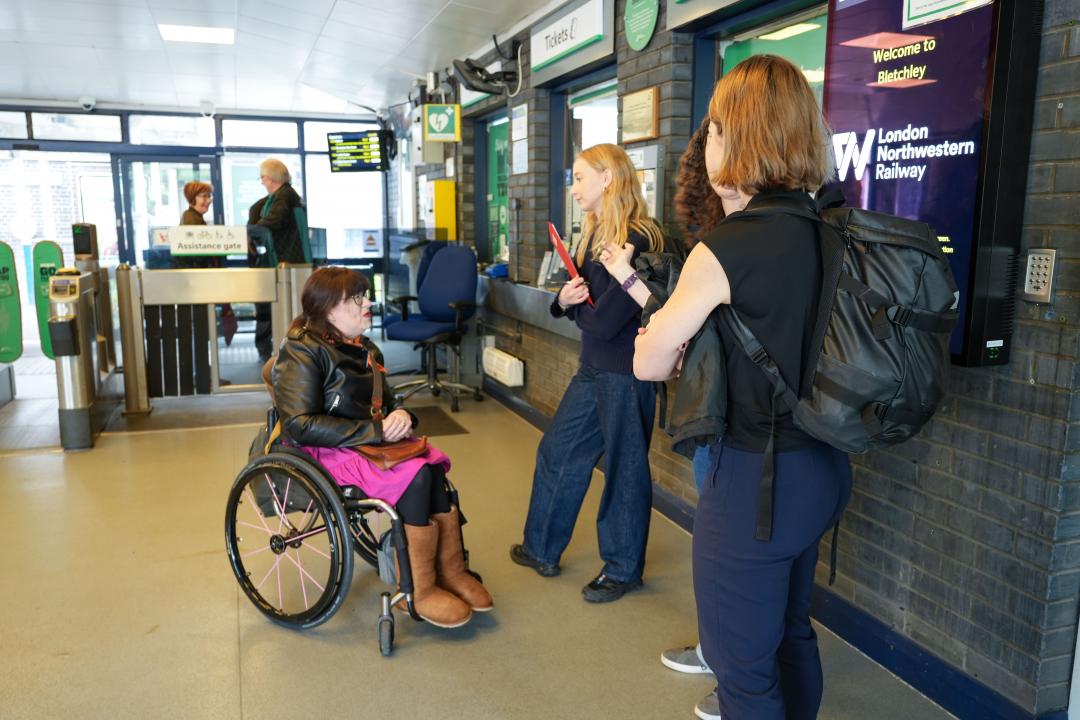
Mary Doyle, Co-Chair of EWR Co’s Accessibility Advisory Panel, and independent inclusive transport consultant, said:
“It’s vital that our new stations are shaped by the voices of disabled people. “
“Barriers to travel don’t come from impairments, they come from poor design, processes and attitudes. We have a once in a generation opportunity and duty to build a railway that will last for 200 years which truly includes everyone, right from the start.
“We must get it right now through an inclusive design culture and make it flexible enough for all people who are disabled, neurodivergent or older so they can travel with confidence, consistency and dignity. East West Rail are aiming to be the accessibility gold standard and bring joy back to rail.”
Members of EWR Co’s architectural and design teams, along with representatives from EWR principal designer MWJV— a joint venture between WSP and Mott MacDonald - joined the station visits. Their participation allowed them to engage directly with the panel members’ lived experiences and gather meaningful, first-hand insights to help shape the inclusive design of future stations on EWR and across the wider rail industry.
Laura Lewis, Human Factors and Inclusive Design Lead for EWR, said: “We valued hearing directly from people with lived experience of being disabled, which helped us understand what works and what does not work at today’s stations. These insights are essential to shaping more inclusive designs.
“It was powerful having our design team on-site with us. Seeing the impact of designs first-hand should enable them to put themselves in the shoes of disabled people and to develop more accessible solutions.”
Trevor Wilson, Building and Stations Architect at EWR Co, said: “It’s essential that station design keeps pace with and reflects the needs of the 21st century. It’s clear that many stations on the UK rail network still require significant attention; while facilities may exist, they’re often not fit for purpose or aligned with modern expectations.
“It’s crucial that the feedback from the AAP visits is taken seriously, so we can consider developing new standards for future stations—ensuring they meet the needs of everyone who travels through them.”
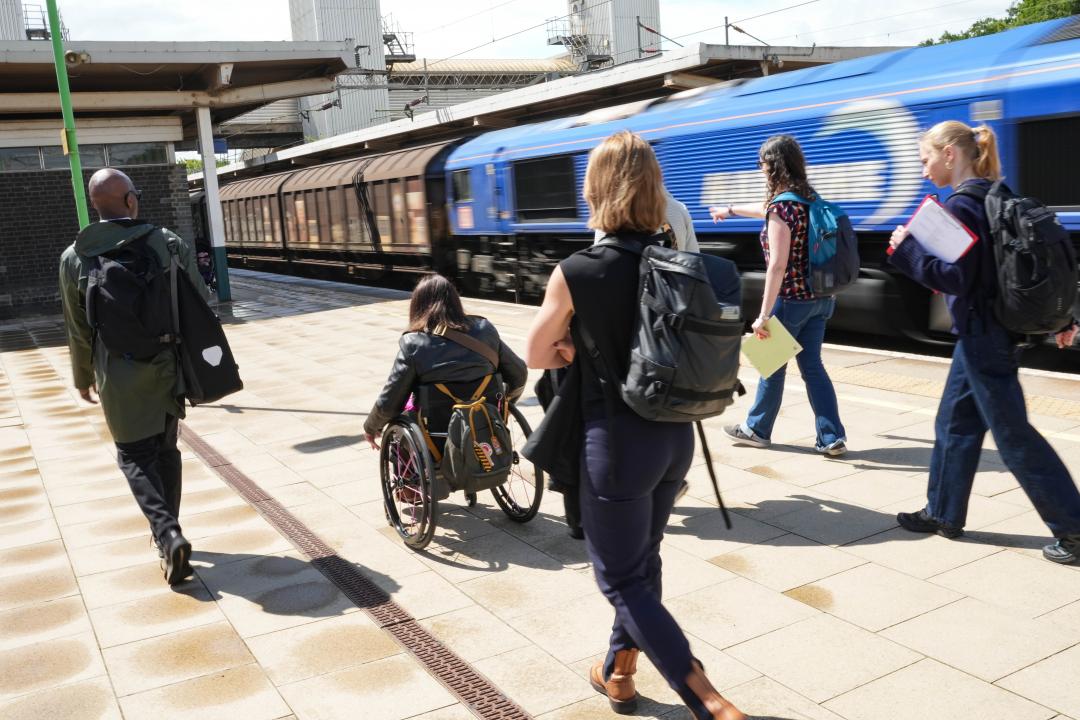
Ruben Santos, Architect for the EWR project, said: “We were delighted to engage with the East West Rail Accessibility Advisory Panel and experience first-hand some of the challenges that disabled people face at stations. It’s crucial for us as designers to understand the obstacles that prevent everyone from having an equal experience; exercises like these are vital to our approach, with our core value of being people-focused, putting the everyday human experience at the starting point of our design.
“We’re proud to continue to develop designs on the new East West Rail stations that follow the project's key principles of creating welcoming, intuitive, and inclusive stations.”
Image credits: East West Rail

